Reframing Alaska Summit
The symbolic importance of Alaska, as the venue of the summit
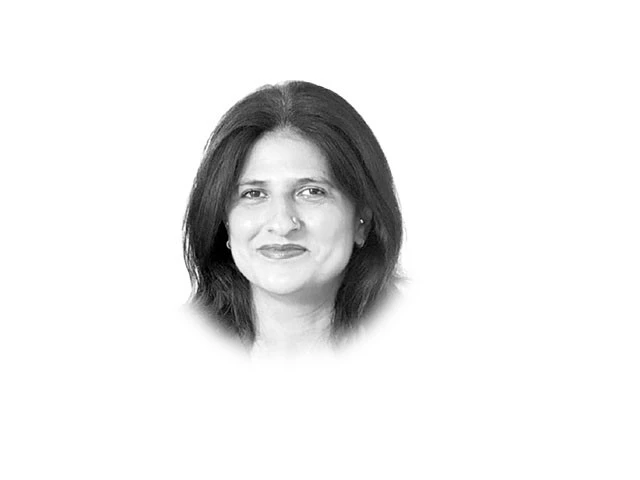
The US-Russia summit is without doubt a historic moment. President Vladimir Putin of Russia and President Donald Trump of the United States met in Alaska on August 15. The widely circulated argument regarding the summit was that its agenda centred on halting the long-drawn war between Russia and Ukraine. Western legacy media had already framed the Trump-Putin summit as a "ceasefire meeting", even speculating on how and on what terms a ceasefire might be agreed between the two parties. Would Trump make concessions? Would there be a land swap? Would the American President facilitate a deal that effectively rewarded the aggressor, Putin? Western media devoted 24/7 airtime to internalising and ironing out this rhetoric before presenting it to the public as complex 3D or 4D chess moves.
Until the day of the summit in Alaska, the clearly displayed words "Pursuing Peace" had removed at least some of the cloudiness of speculation. They articulated the true intention of the meeting between the two presidents: the pursuit of peace, which, of course, requires a roadmap; political will; strategic understanding; and a focus on the root causes of the conflict. None of this had been properly discussed in the media.
The symbolic importance of Alaska, as the venue of the summit, itself suggested that the Ukraine issue would be peripheral, while the focus would be on two neighbours who share borders and a long history of cultural and religious ties. Russia's support for the US War of Independence, the presence of Orthodox churches and monuments to fallen soldiers are a testament to the past and more than sufficient to forge a future already cast in the mould of history. There was even a time when the now-defunct USSR and the US discussed connecting the two continents with a tunnel under the Bering Strait. The choice of this venue was a clear signal — at least to Europe — that two global systems are negotiating their terms, and that the era of absolute Western hegemony is being called into question.
President Putin's brief press address summarised what Russia seeks from the United States: a holistic Eurasian security architecture; no further eastward NATO expansion; and an end to bullying and harassment through sanctions and tariffs — measures that Putin described as futile since Russia has long adapted to them. Moreover, the Russian president insisted not on a mere ceasefire along the current lines of engagement but on a peace process that is designed to ensure lasting stability. Such a process, Putin argued, must address the root causes of the conflict while considering the interests and reservations of both parties. The Kellogg plan was never acceptable to Russia; instead, Moscow has consistently presented the Istanbul peace settlement as the base document for any peace process. Notably, General Kellogg was not even invited to the meeting.
The day after the Alaska Summit, President Trump wrote on his Truth Social account that "ceasefire agreements often do not hold up", and therefore a comprehensive peace process is what's required. Such a process could be based on the Istanbul proposal, which means no territorial concessions; no NATO membership; no EU membership; a reduction in Ukraine's military size; and nullification of restrictions against the canonical church, the Russian language and Russian culture. However, all of this faces the obstacle of President Volodymyr Zelenskyy's own ratified decree prohibiting any negotiation between Ukraine and Russia.
The most interesting development will be how EU leaders react. US Secretary of States Marco Rubio held discussions with senior European counterparts, including British Foreign Secretary David Lammy, Finnish Foreign Minister Elina Valtonen and EU foreign policy chief Kaja Kallas. The talks, which also included Ukrainian Foreign Minister Andrii Sybiha, were aimed at exploring the contours of a potential negotiated settlement.
A readout from the State Department indicated that the officials had agreed to maintain close coordination on strategies to end the war but the statement did not explain what was discussed in these meetings.
Are the EU member countries going to move away from their stated position of unconditional financial and military support for Ukraine, combined with a temporary ceasefire that would allow regrouping and rearmament?
Well, everybody is tight-lipped while blood goes dripping away from dead bodies whose souls await the end of a useless bloodshed in the middle of the European continent.

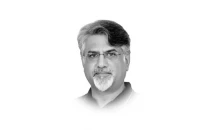
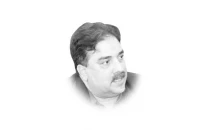
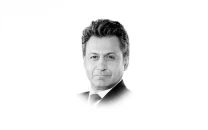
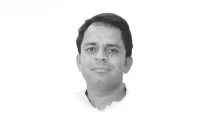

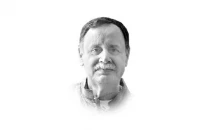


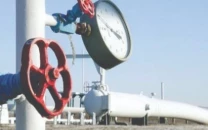

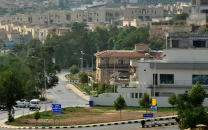
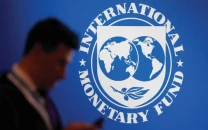
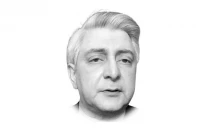
COMMENTS (1)
Comments are moderated and generally will be posted if they are on-topic and not abusive.
For more information, please see our Comments FAQ